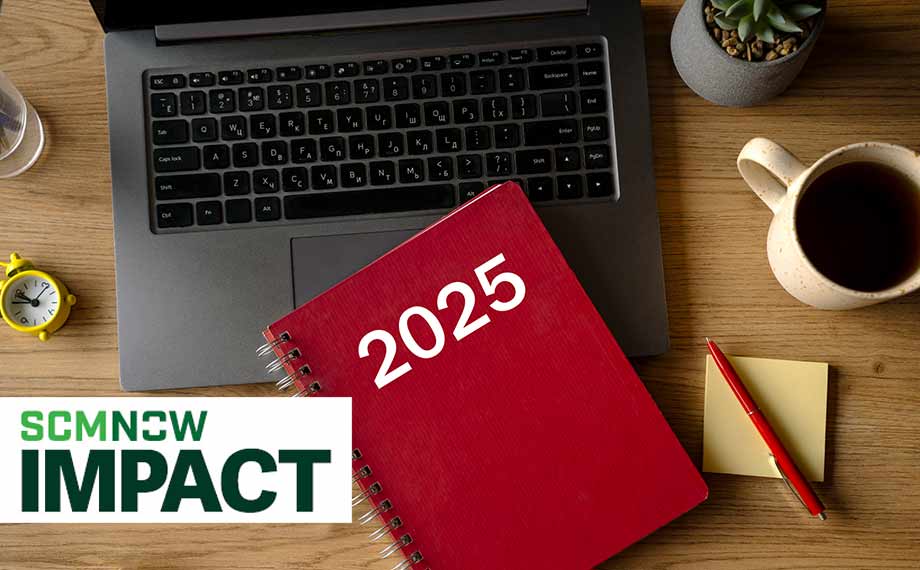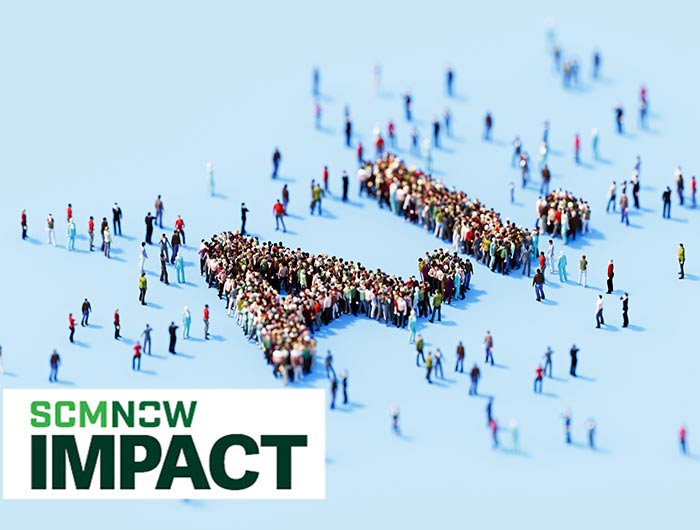Our world is changing faster than ever, and supply chain is certainly no exception. To stay ahead of the curve, it's crucial to understand the latest trends shaping the industry. Whether you're a business leader, a tech enthusiast or simply curious about the future, ASCM’s Top 10 Supply Chain Trends for 2025 is an essential list of priorities that will drive innovation and results.
It should come as no surprise that artificial intelligence (AI) makes a prominent appearance on our list. From chatbots to machine learning, neural networks to augmented reality, AI powers so much of the technology that is helping our supply chains thrive in the ever-connected marketplace. This past year alone, we’ve explored the ways AI is revolutionizing food manufacturing and consumer-packaged goods, online and in-person retail clothes shopping, medical forecasting — and that’s just the beginning. AI can be employed for optimized transportation routes, prediction of demand fluctuations, expert packaging and assembly, and computer vision systems that identify and help eliminate product defects.
Cybersecurity is another key trend: As supply chain organizations keep creating and collecting more and more data, hackers are getting smarter. Many of our trends are quite clearly interconnected; for example, AI is enabling some attackers to produce system vulnerabilities including data poisoning, model manipulation and adversarial attacks such as AI-driven phishing, the WE Forum explains. And both the trends of AI and cybersecurity underscore how much supply chain is rapidly changing. To meet the moment, the people in supply chain need to adapt, too. That’s why workforce evolution is another key theme to watch for 2025. Our industry has faced a growing talent shortage for years, and the importance of technological know-how is only increasing. But the issue won’t be solved simply by more hiring, but by upskilling and reskilling the workers who are already invested in the organization. Building talent ensures people are equipped to handle the demands of an increasingly automated and digital supply chain — and boosts the resilience of the supply chain itself.
There’s so much more to learn about next year’s trends; and this year's report is bigger and better than ever before: Our editorial team has created three new content sections for each of the 10 trends:
- Supply chain applications: Practical ways the trends are advancing supply chain management right now
- Industry spotlights: Specific cases of each trend in action within 10 different key industries
- How to prepare: Actionable advice on how to prepare for and maximize each trend
Download the report today and start preparing for the future of supply chain. Then, watch the recording of our recent LinkedIn Live Event, in which members of the ASCM ISC Sensing Subcommittee get into the trends in much more detail. There’s a lot to look forward to next year, and I’m thrilled to share these resources with you as you plan for your supply chain’s future.



